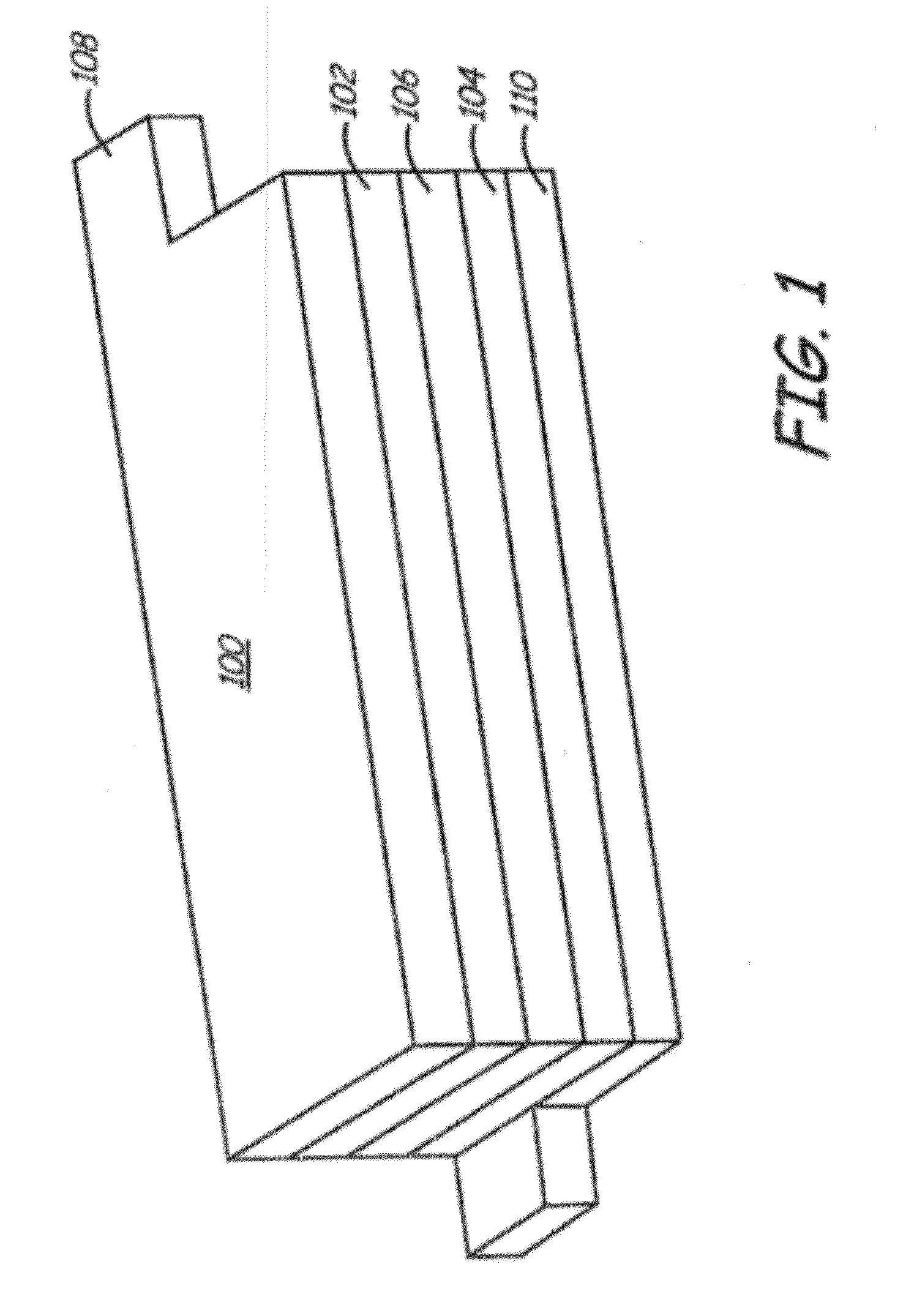Silicon oxide based high capacity anode materials for lithium ion batteries
a lithium ion battery, high-capacity technology, applied in the direction of conductors, cell components, electrochemical generators, etc., can solve the problems of reducing the cycling efficiency, affecting the structural integrity of the electrode, and unsuitable commercially for high-capacity negative electrode materials
- Summary
- Abstract
- Description
- Claims
- Application Information
AI Technical Summary
Problems solved by technology
Method used
Image
Examples
example 1
Silicon Oxide Based Anode Material
[0152]This example studies the effect of high energy mechanical milling (HEMM) and heat treatment on the silicon oxide based electrode active material. The silicon oxide starting materials used herein are 325 mesh particles from Sigma-Aldrich. In general, HEMM was used to reduce particle size of the starting SiO materials. HEMM process was found to not only reduce the size of SiO but also partially crystallize amorphous SiO to form a material comprising some crystalline Si. High temperature heat treatment of silicon oxide based anode active material has also been shown to partially crystallize amorphous SiO to form some crystalline Si as well as carbonize a carbon precursor coating material to pyrolytic carbon concomitantly. HEMM has been used in the subsequent examples below to form composites of silicon oxide powder (325 mesh) with conductive material such as graphite, hard carbon, carbon nano-fiber, and metal to increase the performance and the l...
example 2
Effect of Fluorinated Electrolyte Additive (FEA)
[0158]Varied amount of fluorinated electrolyte additive was added to the electrolyte to investigate the effect of the additive on battery performance. Various fluorine containing additives can be used, including fluorine compounds with carbonate structures, such as fluoro ethylene carbonate, fluorine-containing vinyl carbonate, 4-(2,2,3,3-tetrafluoropropoxymethyl)-[1,3]dioxolan-2-one, 4-(2,2,3,3-tetrafluoro-2-trifluoromethyl-propyl)-[1,3]dioxolan-2-one, bis(2,2,3,3-tetrafluoro-propyl)carbonate, bis(2,2,3,3,3-pentafluoro-propyl)carbonate, or a combination thereof. Positive effect of fluorinated electrolyte additive on both anode and cathode materials has been observed.
[0159]Table 5 below shows the effect of fluorinated electrolyte additive (FEA) on the ion conductivity of electrolytes E03 and E07, which contain different ratios of common organic carbonate solvents such as ethylene carbonate (EC), diethyl carbonate (DEC), and dimethyl ca...
example 3
Silicon Oxide-Graphite (SiO-Gr) Composites
[0161]Silicon oxide particles are HEMM milled with graphite to form a SiO-Gr composite. The physical properties and cycling behaviour of the composites were evaluated together with untreated silicon oxide.
[0162]Pristine silicon oxide particles (Sigma-Aldrich-325 mesh) were mixed with graphite at 300 rpm using planetary ball milling for three different times t1, t2, and t3, with 1 hr<t1<t2<t3<24 hrs, in a dry state to form SiO-Gr samples. XRD measurements of the samples are shown in FIG. 12. XRD of the t1 sample comprises primarily of crystalline carbon peaks. Longer time milling for t2 has led to the carbon to become less crystalline such that the amorphous SiO background becomes more visible. At longest milling time of t3, an amorphous SiO-Gr composite has formed with no observable crystalline carbon peaks.
[0163]As noted above, pre-milled silicon oxide showed improved electrochemical performance relative to pristine silicon oxide. So for th...
PUM
| Property | Measurement | Unit |
|---|---|---|
| voltage | aaaaa | aaaaa |
| voltage | aaaaa | aaaaa |
| thickness | aaaaa | aaaaa |
Abstract
Description
Claims
Application Information
 Login to View More
Login to View More - R&D
- Intellectual Property
- Life Sciences
- Materials
- Tech Scout
- Unparalleled Data Quality
- Higher Quality Content
- 60% Fewer Hallucinations
Browse by: Latest US Patents, China's latest patents, Technical Efficacy Thesaurus, Application Domain, Technology Topic, Popular Technical Reports.
© 2025 PatSnap. All rights reserved.Legal|Privacy policy|Modern Slavery Act Transparency Statement|Sitemap|About US| Contact US: help@patsnap.com



